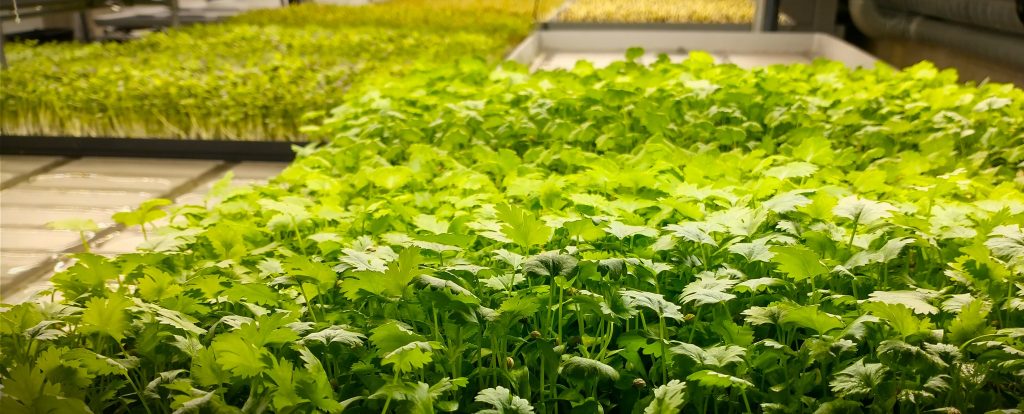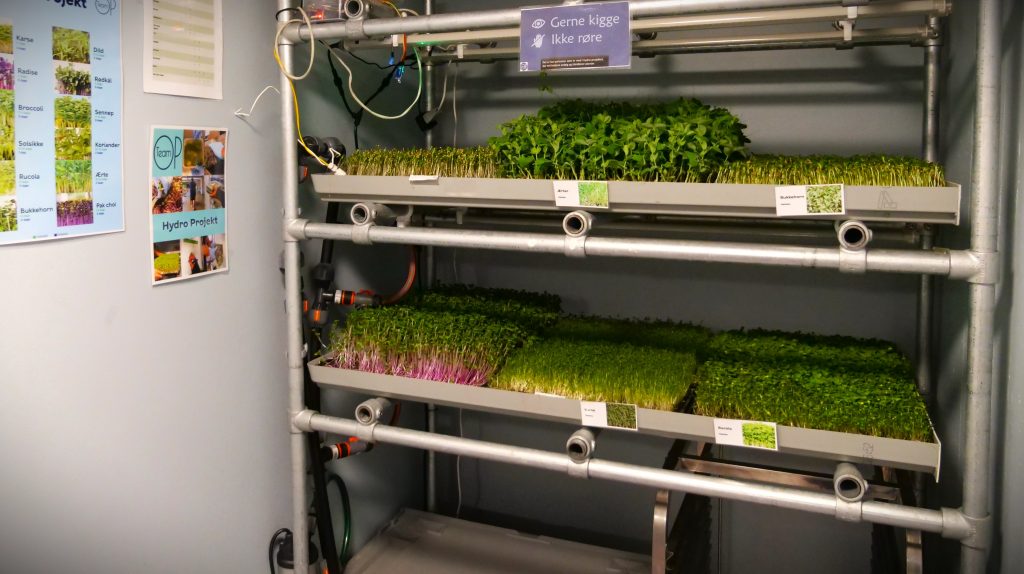MICROGREENS
Microgreens are young and tender edible greens that are harvested at an early stage of growth, typically between 4 to 21 days after germination. They are essentially the seedlings of various vegetables and herbs, harvested at a stage when the first set of true leaves has developed. Commonly used plants for microgreens include radish, sunflower, pea, garden crest, mustard, broccoli, and many others. These tiny greens are known for their vibrant colors, concentrated flavors, and nutrient density.
Microgreens have gained popularity in culinary circles and health-conscious communities due to their unique flavors, textures, and nutritional benefits. They are often used as a garnish, salad ingredient, or to enhance the visual appeal and nutritional content of various dishes. Research suggests that microgreens can contain higher concentrations of certain vitamins and minerals compared to their mature counterparts.

HYDROPONICS
Hydroponics is a method of growing plants without using soil as a growing medium. Instead, plants are grown in a nutrient-rich water solution, either directly exposing their roots to the solution or using an inert medium like perlite, coconut coir, or vermiculite to support the plants. Hydroponic systems can be particularly well-suited for growing microgreens. The partners in this project use the hydroponic ebb and flow system, also known as a flood and drain system, is a type of hydroponic system that periodically floods the growing medium with nutrient-rich water and then allows it to drain away. This cyclical flooding and draining create a dynamic environment for plant roots, ensuring they receive both nutrients and oxygen.
On the photo below you can see a small-scale hydroponic facility used for training of the NEETs. It is used to simulating the professional large scale facilities and work processes at the work place.


